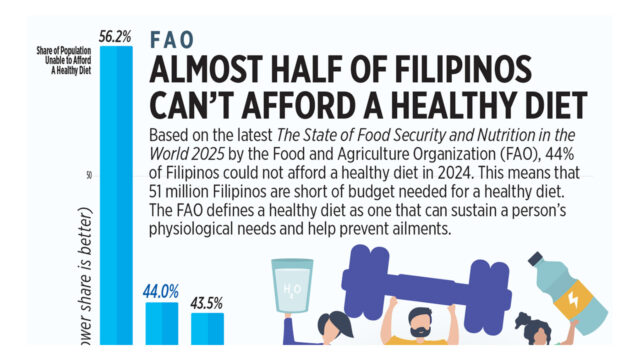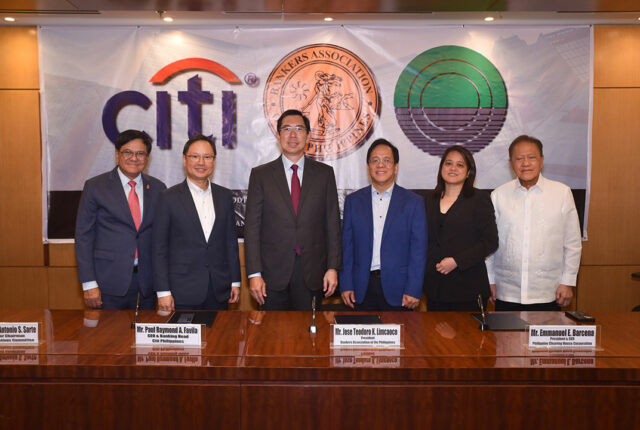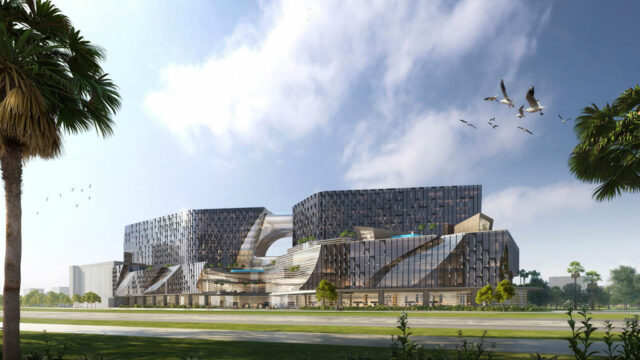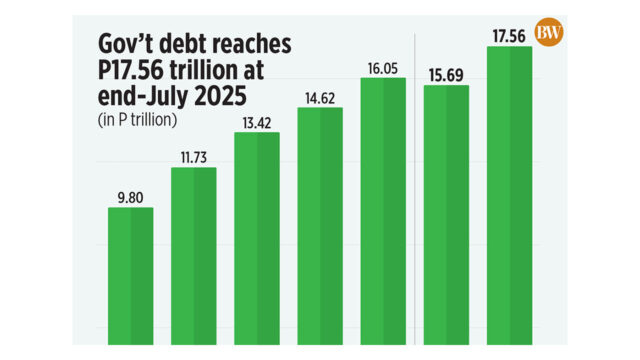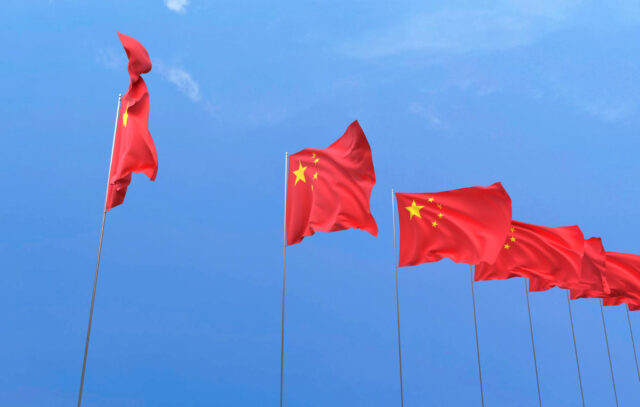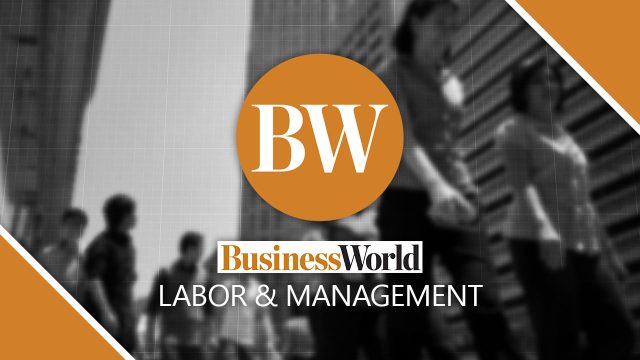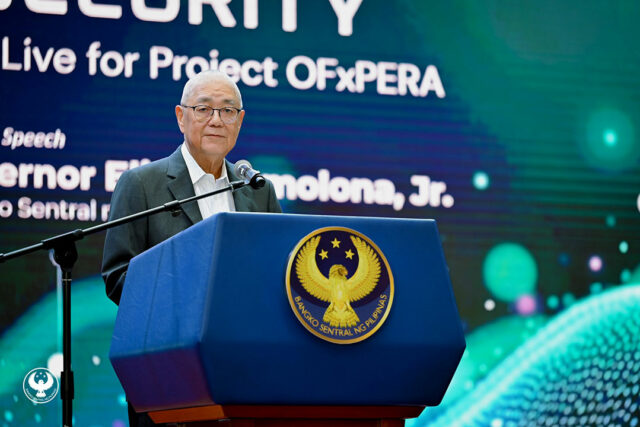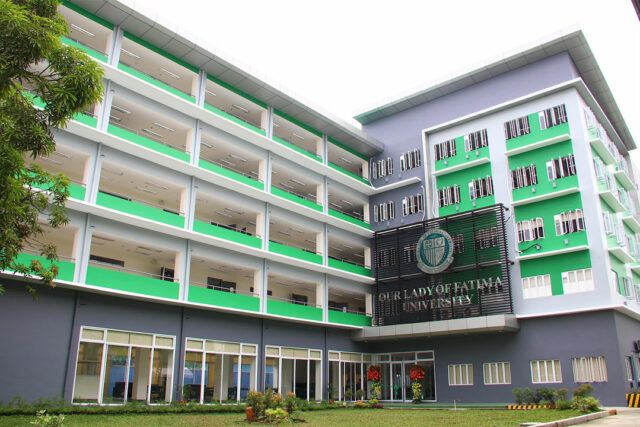Our organization has been profitable for the past three years. For now, we have spare cash to spend on only one of two choices. Which should be our priority: motivating workers with an improved cafeteria or acquiring new equipment that enhances labor productivity? — Jelly Bean.
Should management invest in employee facilities that build morale through a modern cafeteria (or cleaner restrooms or a wellness space)? Or should it acquire new equipment designed to supercharge labor productivity?
At first glance, it appears a classic fork in the corporate road without an obvious, knee-jerk answer. To other people managers, this dilemma is very much a chicken-and-egg situation. And that’s what makes it tricky. Think about it this way:
Not buying new equipment for labor productivity could result in old equipment limiting output, increasing downtime, and inflating costs. That, in turn, reduces the money available to fund employee perks in the future.
The other side of the coin is employee care and wellness. Any productivity gains from new equipment may never be realized. Machines don’t run themselves. Demotivated, burned-out employees won’t maximize the value of technology. Worse, they may leave, saddling the company with turnover costs that cancel out efficiency gains.
So, which should come first? The truth is, they evolve together in a cycle: Equipment investment fuels profits that could be used to enable investment in people. If they are cared for, you extract maximum value from the equipment. That cycle creates sustainable profits.
REAL-WORLD EXAMPLES
It’s less about “chicken vs. egg” and more about creating a worthy loop where people and productivity investments reinforce one another. If you need to frame it for management, the best approach is as follows: Machines give you speed, while manpower gives you staying power plus a lot more intangible benefits.
Option A — invest in equipment first. Why? Profitability must be protected before it can be distributed. Machines and systems that boost productivity deliver immediate, quantifiable RoI. A modern piece of equipment can cut cycle time by 30%, reduce errors, or eliminate waste — results that show up clearly on the balance sheet.
The Unilever Example: By rolling out its digitally enabled Unilever Manufacturing System (UMS), the company improved factory productivity worldwide. At its Cavite facility, Overall Equipment Effectiveness (OEE) jumped from 51% to 66% in one year, delivering savings worth 250,000 euros. Across its global footprint, UMS boosted OEE by 3%, labor productivity by 5%, and cut costs by 8%.
Here’s the logic: Equipment upgrades are hard RoI — spreadsheet-friendly and CFO-approved. They ensure the company stays competitive, especially if rivals are automating. If you don’t modernize, you risk obsolescence while competitors pull ahead.
Verdict: First, secure the productivity engine. Once profits are stronger and more sustainable, you’ll have the fuel to invest in employee perks later. After all, no one can enjoy a meditation room if the company goes out of business.
Option B — invest in employee care first. Why? Because engaged employees are the ultimate productivity engine. New machines may cut costs, but disengaged employees quietly drain far more. Gallup estimates that global disengagement costs $8.8 trillion annually, or 9% of global GDP. Investing in facilities is one of the fastest ways to boost morale, loyalty, and engagement.
The Toyota Example: Beyond the much-vaunted Toyota Production System, this world-class organization has long embodied the principle of “respect for people.” It operates gyms, tatami rooms, sports centers, and cultural facilities for employees and their families.
These are not frivolous perks — they are culture-shaping investments that reinforce loyalty and help sustain its legendary quality.
Here’s the logic. Facilities improve retention. It’s far cheaper than recruitment. It enhances employer branding and fuels innovation. Rested, well-cared employees are not only more productive, but also more creative — the kind of people who find new ways to improve processes beyond what machines can achieve.
Verdict: Equipment depreciates; people appreciate. By investing in employee care, you create a motivated workforce that will maximize the value of existing equipment and be eager to adopt new technologies later.
THE BALANCED TAKE
It’s not a zero-sum game. Both Toyota and Unilever show us that the best organizations eventually invest in both people and technology — they just differ in sequencing. If equipment is outdated and threatens competitiveness, lean toward investing in equipment.
If employee morale is low or turnover is eating into profits, prioritize facilities that send a signal of respect and care. The smartest play? Start with the option that addresses the organization’s most immediate weakness, then create a roadmap that alternates between technology upgrades and facility improvements.
That way, the company strengthens its financial engine and its cultural core over time.
In conclusion, machines drive efficiency. People drive everything else. Whether you choose the cafeteria or the conveyor belt first, remember this: sustainable profitability doesn’t come from equipment alone or culture alone — it comes from the right balance of both.
Ask questions and receive Rey Elbo’s insights for free. E-mail elbonomics@gmail.com or DM him on Facebook, LinkedIn, X, or via https://reyelbo.com. Anonymity is guaranteed.

